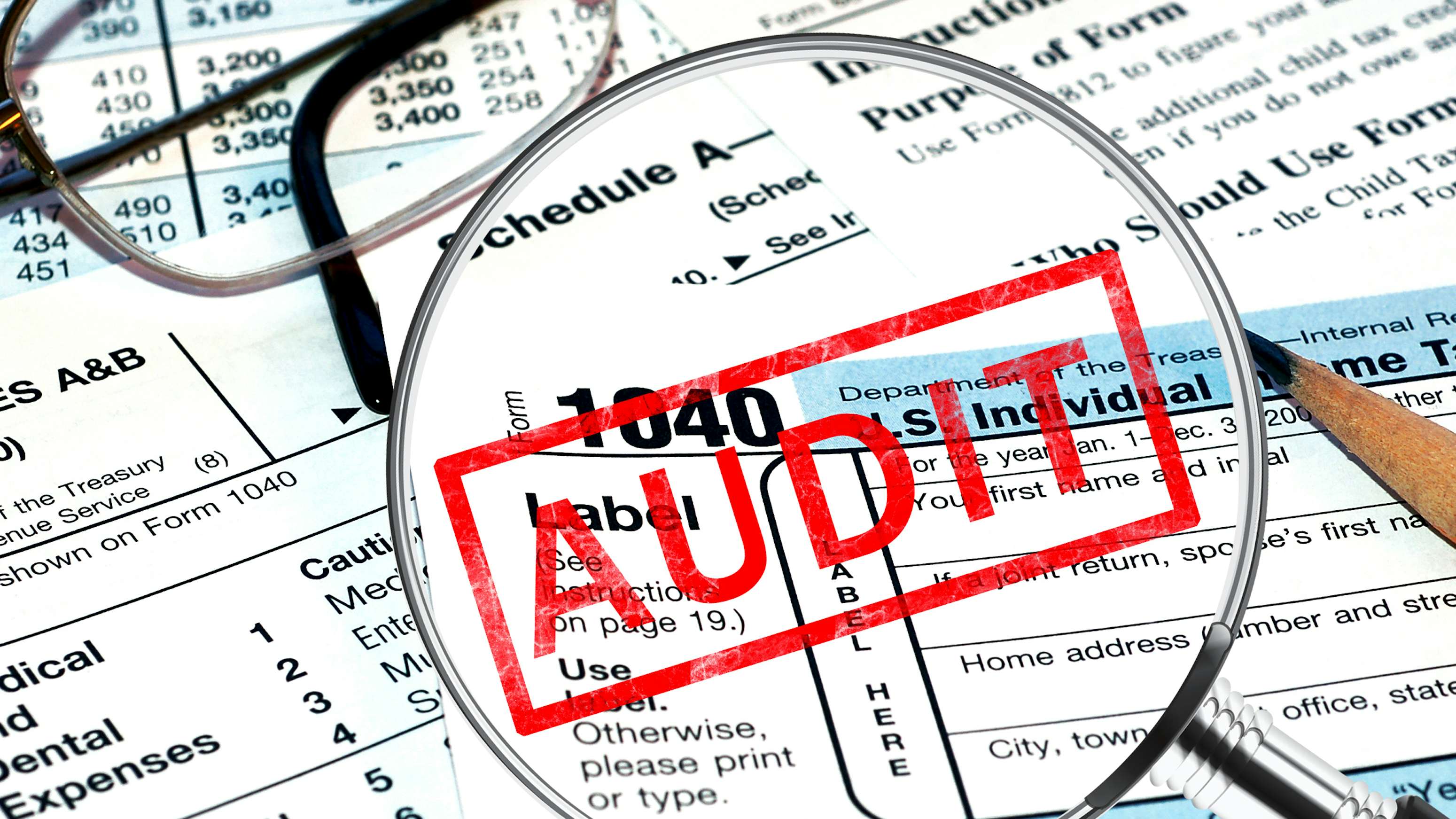
Weisselberg Chronicles: Giving employees a free seat on a private jet may create a taxable benefit.

The indictment of Trump Organization CFO Allen Weisselberg earlier this month specifically alleges $1.7 million in indirect untaxed employee compensation. It spurred several subscribers to ask me about the implications of allowing employees and their family members and friends to fly in empty seats on their private jet flights. In other words, when do those seats become taxable fringe benefits in the eyes of the Internal Revenue Service?
The answer is more complicated than I imagined. Sometimes, giving an employee a ride in a free seat on your private jet is a taxable benefit. In other cases, it’s not. When it is, the taxable amount differs based on the employee’s position within the company, the length of the flight, and the size of the aircraft. And while your employee’s son can fly without taxable implications under certain conditions, his cousin can’t. And by the way, the tax rates, or the Standard Industry Fare Level (SILF) rates, are updated every six months.
To help give you a clear picture, I reached out to David Hernandez of Vedder Price and vice-chair of the National Business Aviation Association Tax Committee. The former FAA and DOT attorney specializes in business aviation matters and is Vedder Price’s Business Aviation and Regulation Sub-Practice chair and frequently handles matters involving compliance with FAA, SEC, and IRS regulations.
This article will focus on jet cards, which operate under the FAR Part 135 rules covering on-demand charter and jet card flights.
Let’s start with the two categorizations of employees. There are control employees and non-control employees. When the flights are deemed a taxable fringe benefit, control employees are charged at a higher rate. This means it is critical to ensure employees are correctly categorized.
According to the NBAA’s “Personal Use Of Business Aircraft” handbook, a control employee is:
• A board or shareholder-appointed, confirmed, or elected officer of the employer, limited to the lesser of 1% of all employees (increased to the next higher integer, if not an integer), or 10 employees;
• Who is among the top 1% most highly paid employees of the employer (increased to the next higher integer, if not an integer) and limited to a maximum of 50;
• Who owns a 5% or greater equity, capital, or profit interest in the employer or
• Who is a director of the employer.
Now, keep in mind, even if you determine that the seats being used by the employee are not a taxable benefit, that only extends to immediate family, defined as spouse and children.
The seats used by your employee’s brother or a friend of your employee’s son are considered a taxable benefit. You will need to account for it based on whether the employee is a control or non-control employee.
What are the charges?
Glad you asked. The SIFL rates are updated by the IRS every six months from U.S. Department of Transportation data. The applicable charge is based on the period when the flight is taken (see table below).
For up to 500 miles, the base charge for flights during the first six months of 2021 is $0.3385 per mile per person. For flights 501 to 1,500 miles, it dips to $0.2581 per mile. For flights over 1,500 miles, the charge is $0.2481 per mile. In every case, there is a flat terminal charge of $61.88.
Miles |
Cents/Mile |
| Up to 500 miles | $0.3385 per mile |
| 501 to 1,500 miles | $0.2581 per mile |
| Over 1,500 miles | $0.2481 per mile |
| Terminal Charge | $61.88 |
After determining the applicable per-mile rate based on flight length, you will need to know the aircraft weight measured as maximum takeoff weight (table below).
If you fly on jet cards, keep in mind that the size categories don’t precisely align with the IRS delineations. In other words, make sure you keep records of the specific type of aircraft for each flight.
| Maximum Takeoff Weight | Control Employee | Non-Control Employee |
| 6,000 lbs. or less | 62.5% | 15.6% |
| 6,000 lbs. to 10,000 lbs. | 125% | 23.4% |
| 10,001 lbs. to 25,000 lbs. | 300% | 31.3% |
| 25,0001 lbs. or more | 400% | 31.3% |
As you can see from the above, the imputed benefit, when applicable, is significantly more for a control employee.
So, let’s look at an example. Let’s use a Challenger 300 as an example, a super-midsize private jet with over 25,001 lbs. maximum takeoff weight. We’ll say it is a 1,000-mile flight:
• $0.2581 per mile (based on 501 to 1,500 miles) x 1,000 miles = $258.10 + $61.88 = $319.98
• For a control employee and guests, since it is an aircraft of 25,000 lbs. or more, multiply $318.98 x 400% = $1,275.92 as a taxable benefit per guest
• For a non-control employee and guests, in the same scenario, $318.98 x 31.3% = $99.84 as a taxable benefit per guest
So, when are those seats considered a taxable benefit, and when are there no tax implications? That brings us to the 50% Seating Capacity Rule.
First, let’s assume the purpose of the flight is for a legitimate business reason. Including seats in the cabin and the lavatory, if it is a belted seat that can be occupied during takeoff, and at least 50% of seats are occupied by passengers related to the business mission, the employee, spouse and children can fly, and there is no taxable benefit. However, the employee would have a taxable benefit at the applicable rate for any additional guests they bring.
On an eight-seat jet, if four passengers are related to the company’s business mission and four employees are traveling for personal reasons, if one of the passengers related to the business mission gets sick and doesn’t make the trip, your flight no longer meets the 50% test. All of a sudden, using those seats becomes a taxable benefit for the employees.
Now, let’s get to a couple of examples since there are endless nuances.
You are a division president at a company you don’t own. Your company owns a jet card that you can use for personal trips, and you are charged imputed income.
For your business trips, assuming 50% of seats are occupied by business passengers, the 50% rule would apply in terms of inviting other company employees and their guests to take empty seats. If it’s a personal trip, there is no taxable benefit.
However, if you own the company and make the flight for non-business reasons, the IRS may consider the flight a taxable fringe benefit. Hernandez says it requires careful tax planning and analysis.
Similar to the Weisselberg indictment, if you own the company, offering “free” seats on aircraft at no costs would be likely viewed as a fringe benefit, like paying for an employee child’s tuition.
Hopefully, this all makes sense. There are different implications, and it’s more complex if you are using an aircraft operated under FAR Part 91. There are also alternative ways to calculate the taxable benefit, such as the fair market charter rates. Mostly, if you have any questions, I strongly encourage you to speak to an aviation attorney because consequences for making mistakes are severe, and the IRS is generally not very forgiving for tax violations.